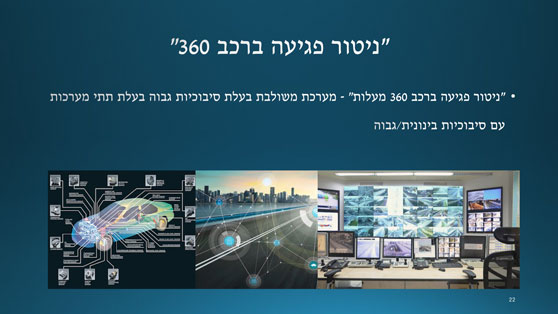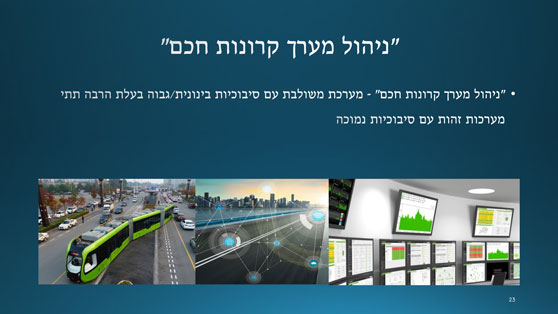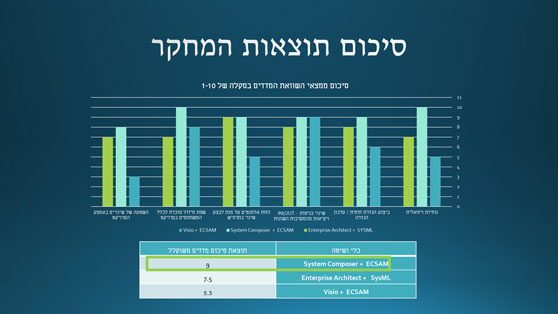More:
News & Stories
The “Whole is More than the Sum of its Parts”
Prof. Michael Winokur’s new study for modeling complex systems proves that Aristotle got it right.
In our increasingly demanding and complex world, systems engineering has become quintessential to everything we do and experience. Whether it is the internet or highways, medical systems or satellites, systems engineering simulates and validates people, products and processes by ensuring that all its components are synergetic, integrated and balanced.

360-degree vehicle damage monitoring
It also relies on modeling and simulation tools using advanced software tools to assess how the system will behave without need to actually develop it, from the moment of conception to later life cycle phases. Since the 1960’s, systems modeling has become the most cost-efficient way to counteract the ‘spiral of increasing complexity’ leading ultimately to systems with high technical quality, usability and safety.
While tools for modeling are employed routinely in electronic, mechanical and software engineering, they are used far less in systems engineering, which despite best efforts by academia and software producers, regard them as cumbersome. Since 2015, however, leading companies like IBM, MATHWORKS, and SIEMENS and the Object Management Group (an international organization establishing standards for systems modeling) have stepped up to meet the challenge to move to a model-centric modus operandi.

Smart car system management
They are creating new generations of modeling tools more convenient and friendly for the systems engineer, taking into account the need to be evolutionary, collaborative and networked and in touch with societal change.
Prof. Michael Winokur of the Faculty of Management Technology, together with fellow team members and alumna Avi Zaguri and Leon Mantin, Systematics and their Matlab Control System Toolbox, led a groundbreaking comparative study evaluating numerous methods and modeling tools to determine which tools available today are most efficient: ones that use a known language/method and draw from the parts and interactions between the diverse system components present in the same tool, or a combination of different modeling and systemic drawing tools.
During the study, both systems were tested:
- "360-degree vehicle damage monitoring" - a high-complexity integrated system with sub-systems with medium/high complexity.
- "Smart car system management" - an integrated system with medium/high complexity, and many identical subsystems with low complexity.
The study showed that it is unnecessary to combine multiple modeling and drawing tools; and that the new generation of tools are more than sufficient for inventive engineers and students to be able to use them intuitively, quickly and without the need for a lengthy learning process.
 Dr. Winokur expanded upon these findings: “Our research is among the first in the world to utilize the new generation of these tools, in order to systematically test their “convenience and efficiency” with the help of highly complex tests from the world of systems engineering.
Dr. Winokur expanded upon these findings: “Our research is among the first in the world to utilize the new generation of these tools, in order to systematically test their “convenience and efficiency” with the help of highly complex tests from the world of systems engineering.
Insights from our research have already been taken into account by SYSTEMATICS which will be applying these findings to improve features of the tool in its future versions. Moreover, it squarely places HIT among the leading academic institutions in systems engineering in Israel and abroad, opening up new avenues for scientific and industry grants as well as providing us with an important tool for educating the next generation of Israel’s systems engineers in our M.Sc program.”
Posted:23/12/2020
- News & Events
New Collaboration with Sheba Medical Center will qualify nurses to work in a digital environment.
Collaboration between HIT Holon Institute of Technology, the teaching authority of the Sheba Medical Center, and the Sheba-BEYOND virtual hospital will allow training nurses in Israel and around the world to work in a digital...




 Additional programs
Additional programs
